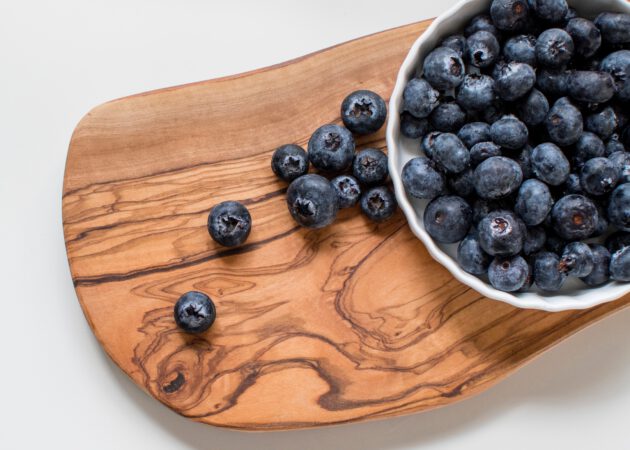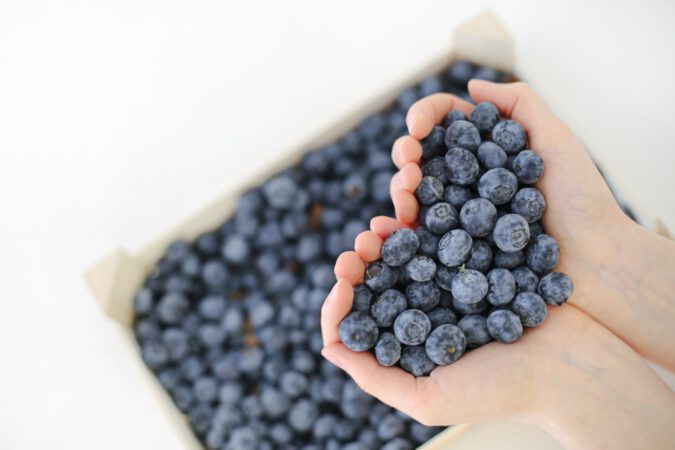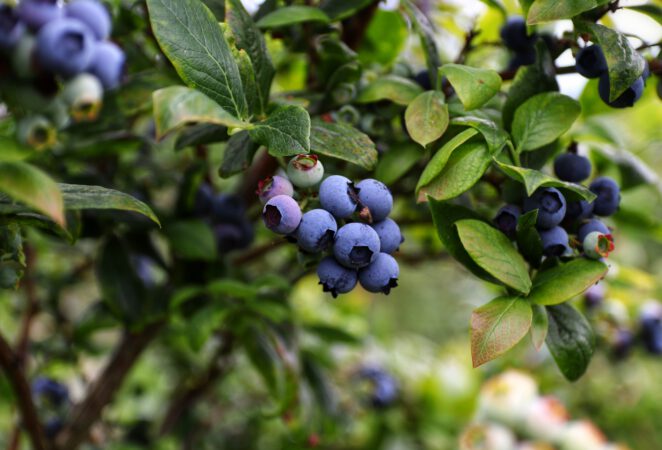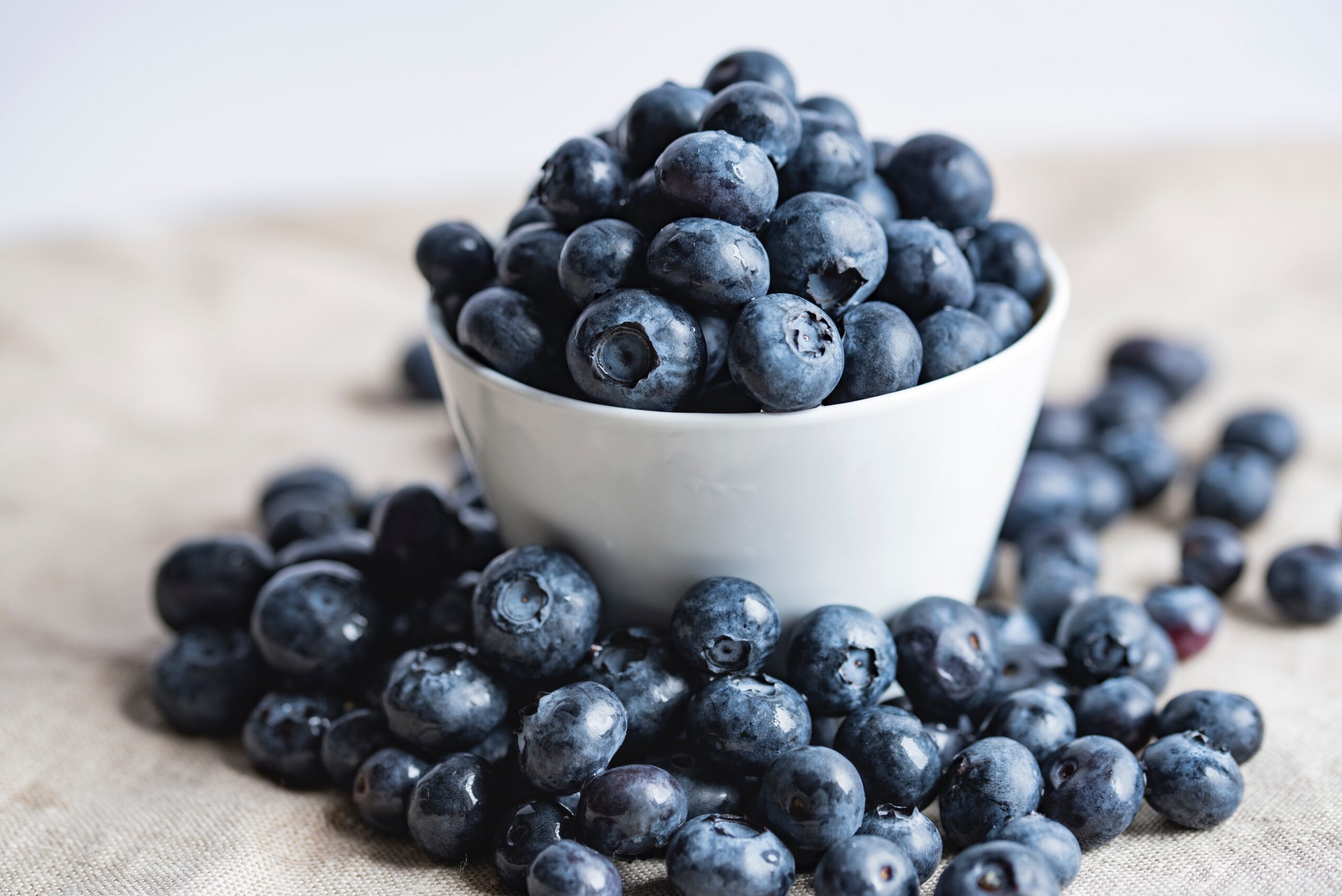According to experts, the benefits of blueberries on the brain cannot be overstated because they improve concentration in a variety of ways and support brain activity.
Blueberries significantly increase brain activity, according to Tufts University researchers in Boston, USA.
Physical activity and demanding mental activity, for example, cause nerve cells in the brain to connect better.
In addition, new brain cells are formed, particularly in the hippocampus. This reshaping of the brain is referred to as plasticity.
Several studies have shown that blueberries protect the brain from memory loss, inflammation, free radical damage (oxidation), radiation, and glycation, which is when tissues become too sweet.
Usually, you would need a different substance to protect against each of these problems, but blueberries do it all.
Polyphenols abound in blueberries. These are plant substances that are beneficial to human health. The plant pigment anthocyanin, which gives the berries their dark blue color, stimulates neurogenesis in particular.
Anthocyanin can get through the blood-brain barrier, which keeps harmful substances from traveling through the bloodstream to the brain.
Blueberries, as well as black currants and blackberries, contain the pigment. But a study from the University of Helsinki found that lingonberries, raspberries, and cloudberries, which are native to Scandinavia, also protect the brain and help people focus.
Even if a person or animal’s mental performance goes down, eating blueberries can “make up for it” and improve their memory.
Juices also have an effect. Not only the whole fruit, but also blueberry juice, when consumed on a regular basis, can improve concentration and memory performance.
Blueberry extracts are also as effective as fresh blueberries, according to research. Most animal studies have used and continue to use extracts.
People who do not have access to fresh blueberries can still get their daily dose from the extract.

Where Can I Find Blueberries?
1. Collect Yourself
Forest blueberries are in season from early June to mid-September. They are commonly found in the shady coniferous forests of low mountain ranges. Because they prefer acidic soils, they are frequently found near coniferous trees. Forest blueberries are also found in fields and bogs.
Combining forest berry picking with forest bathing creates a doubly effective activity for stress relief, immune system strengthening, and brain power. Hand harvesting is used.
Tips for Picking and Eating Safely:
Hygiene: rinse the forest blueberries with drinking water from a water bottle before eating them, or wash them at home before eating them.
This is an adequate measure. According to current research, the chances of becoming infected with pathogens are extremely low. However, when eating them, exercise caution and maintain good hygiene!

Do not mix up wild blueberries with other berry varieties. Determine the appearance and flavor of the forest blueberry ahead of time so that they can safely identify it!
If you can’t eat all of the forest blueberries fresh, a dehydrator (or oven) will help dry the precious fruit for storage in the fall and winter.
2. Cultivate in the Garden or on the Balcony
Wild blueberries, unlike cultivated blueberries, are difficult to find in traditional garden centers. Take note of the species name: The forest blueberry is known as Vaccinium myrtillus.
You can also take plants from the forest (ask the forest owner or the responsible forestry office first) and plant them in the garden in a shady location with acidic soil. Forest blueberries thrive in shady gardens and on slopes.
Forest blueberries, on the other hand, do well in a large container on the balcony. They do not need to be overwintered indoors because they are also hardy.
The parts that are above ground are resistant to frost, but the roots should be kept warm in very cold weather. You could do this by wrapping the tub in insulation materials.

3. Purchase Berries, Either Fresh or Frozen.
Take note: We are frequently offered cultivated blueberries in supermarkets and weekly markets. In the summer, there are sometimes baskets of wild blueberries.
However, these are sometimes just smaller cultivated blueberries. If in doubt, inquire about and/or test the berries: Inside, the flesh should be blue, not white.
Wild blueberries are available in grocery stores or frozen food suppliers as frozen berries. They work well in blueberry pies, smoothies, and other recipes.
4. Get Powder and Dried Berries
Wild blueberries are also available from some superfood suppliers. Take note Tips for picking and eating safely:of the following:
For whole dried berries: Select organic quality. Caution: To make the tart taste of the berries more “palatable,” apple syrup or another sweetener is frequently added. This, however, will cause your blood sugar levels to spike more quickly.
Choose organic powders and make sure there are no other additives or fillers.


